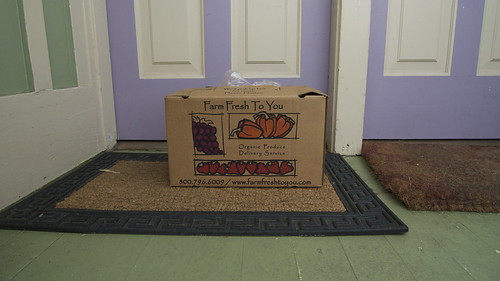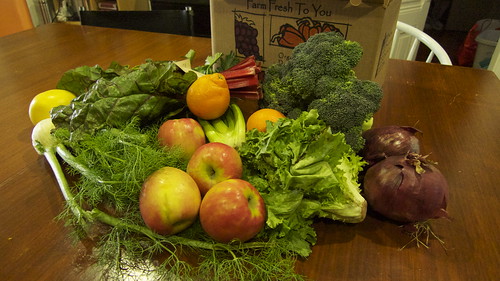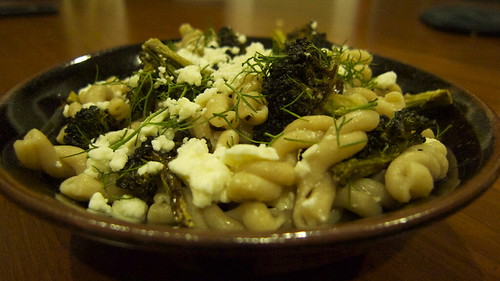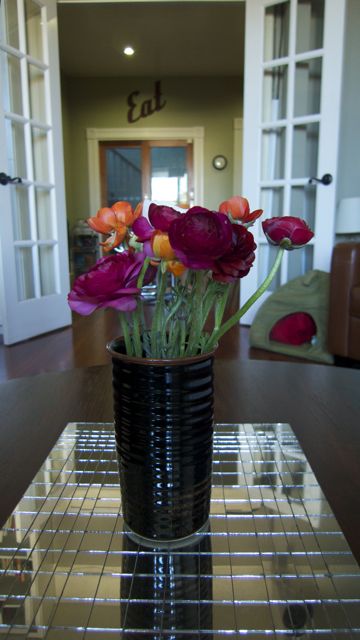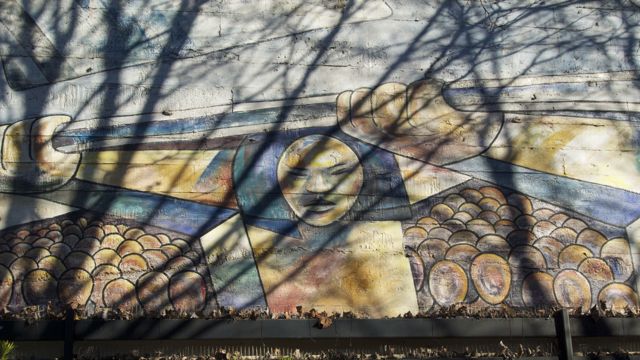I am looking at the tool Projeqt–a self-described storytelling platform –in light of Steiner and Ryan’s discussion of narrative using different media. In particular, I am looking at a sample Projeqt called Ubuntu.
This Projeqt, titled Ubuntu, describes a project by the same name, in which a photographer and a filmmaker capture images of South African children enrolled in a program called Room 13 and then exhibit the photos in New York. The Projeqt is made up of photos, text, video, and links that a viewer progresses through in a linear order. Here is what it includes:
- Title
- Definition of the term Ubuntu
- Project description (artists traveled to SA to teach Project 13 students about photography)
- Photos of Room 13 participants, some with name and age captions
- Quote from someone about the photo collection
- Video of exhibition opening of the photo collection
- Video about Masilo, a participant in Room 13
- Bio of photographer
- Bio of filmmaker
- Link to Ubuntu Facebook page
- Explanation of Room 13
Although the third slide tells us that the artists went to teach a photography class to Room 13, this is not depicted in the Projeqt. Instead the materials jump between the artifacts of the trip (photos, a video) and the reaction to the photos when exhibited in New York. Only at the end of the Projeqt do we learn what the organization Room 13 is about, which explains that it is a charity that helps students create art. This makes me wonder if this Projeqt actually is a story, or if it just a collection of related materials.
Steiner and Ryan each offer different definitions of what makes up a narrative. Steiner focuses on a progression of time and a repetition of a subject. Steiner indicates that “story wholeness” requires a beginning, a middle, and an end. Ryan defines a narrative as having a setting, character, and events.
The Ubuntu project certainly has a time sequence, even though it is not told in a chronological order. Steiner does not require a narrative to have a fixed order of telling, so Ubuntu falls in the narrative under this definition. It does have repetition of repeated subjects; the photographer, the filmmaker, and the participants in Room 13 are repeated throughout (often the Room 13 participants are present through their photographs rather than as present characters). Furthermore, it has settings–South Africa and New York (where the exhibition was held), and events (such as a interaction with the Room 13 participants and viewing the photos at an exhibit).
Yet this Projeqt seems somewhat different than a true narrative to me. While it fulfills many of the qualities of a narrative, it feels as though the sequence of the elements is not essential. In fact, a different ordering might have made it clearer what Room 13 was. Certainly there are plenty of narratives that save key information until a final reveal, but this seems unintentional here. This Projeqt seems more similar to the hypertext scenario that Ryan discusses, despite its linear progression: “collections of little stories…lend themselves well to the relatively free browsing of hypertext because the story of a life or of a community is not a dramatic narrative aimed at a climax but an episodic narrative made of many self-sufficient units that can be read in many orders.” Perhaps topics like this one are better suited to a hypertext scenario because the segments do not build on one another. Still, I am undecided whether I consider this a narrative.

